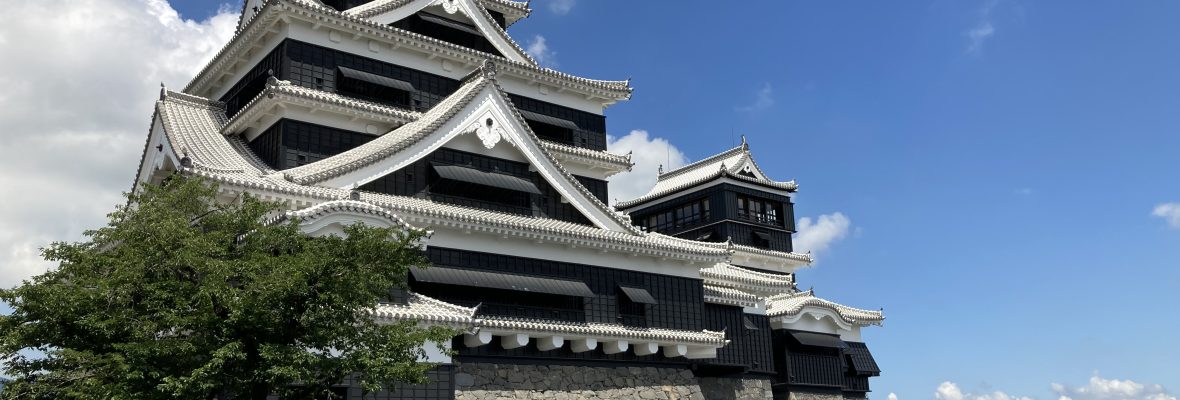Kyoto 1890s
Three bronze ware craftsmen are at work in the workshop of Noboru Nogawa (能川登) in Kyoto, founded in 1825 (Bunsei 8). Nogawa acted both as a manufacturer and dealer and ran a very popular shop on 35 Shijo Otabicho, as well as showrooms in the Kyoto Hotel and the Miyako Hotel, the city’s most exclusive hotels. Although there is surprisingly little documentation on the company, it appears to have been well-known at the time. It exhibited at several large overseas exhibitions between 1893 (Meiji 26) and 1910 (Meiji 43) and the Kyoto shop was listed in A Handbook for Travellers in Japan written by the famous British Japanologist Basil Hall Chamberlain (1850–1935) and telecommunications specialist William B. Mason (1853-1923). First published in 1889 (Meiji 22), this was for decades the most authoritative English language guide on Japan.
In advertising, the company introduced itself as “a manufacturer of bronze and fine art wares,” which included garden items, birds, animals, human figures, Buddhas, gongs and bells, vases, lanterns and small pieces. Nogawa also sold cloisonné ware, damascene works, ivory carving, lacquer ware, pearls, prints and Satsuma ware. The image below shows a Buddha statue that was recently sold at auction and came with a receipt from the Nogawa company. These kind of items were very much loved by foreign visitors who bought trunk loads of them.
Intriguingly, at the beginning of the Meiji Period (1868-1912), many Japanese were just about throwing items like these out with the garbage. It actually took an American professor of philosophy and political economy by the name of Ernest Francisco Fenollosa (1853-1908) to rekindle Japan’s interest in its treasures. Fenollosa helped found the Tokyo Fine Arts Academy and the Imperial Museum, assisted in drafting the law for the preservation of temples, shrines and their art treasures, and made the first inventory of Japan’s national treasures (国宝, Kokuho), apparently a word that was introduced by him. Japan was grateful, Fenollosa was decorated with the orders of the Rising Sun and the Sacred Mirror.
Because of the lack of documentation, until recently Nogawa metalwork was identified as being from the Hattori Co. It was only during the early 2000s that experts discovered that the distinctive mark they had believed as belonging to Hattori, was actually Nogawa’s trade-mark. It features the stylized hiragana character no (の) with three vertical lines in the background signifying the kanji character for river (川, kawa, or gawa in compounds). This is effectively pronounced as Nogawa. This new discovery meant a drastic evaluation of Nogawa’s small but productive workshop. Undoubtedly, as a result more Nogawa pieces will be discovered in the future.
It is truly fascinating to realize that all over the world are beautiful items bearing this mark —a mark often probably even unknown to the current owner— and that they were all made in the small workshop shown in the above photograph, maybe even by one of these three men.
The Nogawa shop marked on “Map of Kyoto and Vicinity with Shopping Directory,” an English language map, published by the Miyako Hotel. The map is not dated but contains markings for the “Grand Exposition in Commemoration of the Imperial Coronation,” which dates it to 1928 (Showa 3) when an exhibition for the coronation of Emperor Showa (Hirohito) took place in Kyoto. The pen markings were made by or for the foreign visitor who used this map.
This story is from – http://www.oldphotosjapan.com/en/photos/253/bronze-ware-craftsmen






You must be logged in to post a comment.